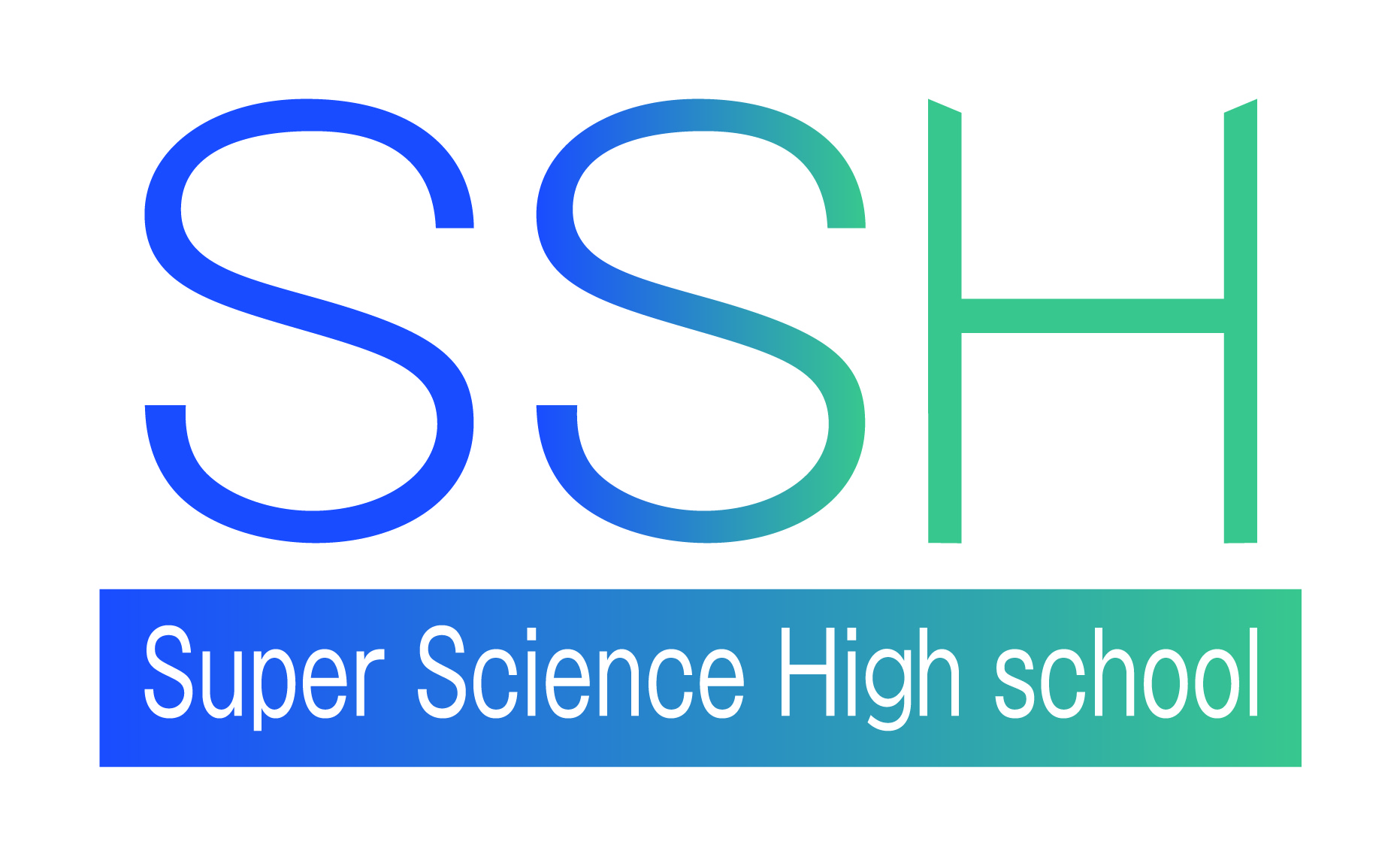(概要) 「錯視」や「だまし絵」指導におけるデジタル教材の開発(2) ―「わかりやすさ」に関する調査―
平成28年度科学研究費助成事業(奨励研究)の交付により,デジタル教材としての全体構造をデザインした。その過程では,トロンプルイユやトリックアート,ふしぎ絵など,これまで明確な分類が定まっていなかった「錯視」や「だまし絵」を鑑賞者の視点や作品との関係性で分類・整理した。目指すデジタル教材は,簡便に「錯視」や「だまし絵」を紹介し,その不可思議さを実感できるものである。しかし,色や明るさの錯視の場合,実際には同じ色や同じ明るさであっても,パソコン画面上の提示では,いぶかしく感じるとの懸念が残った。
本調査は,「錯視」や「だまし絵」指導で用いられる図版や実物,デジタルコンテンツなどの提示媒体の違いによる「わかりやすさ」に関する調査である。調査の結果,デジタルコンテンツは図版に比べると遥かにわかりやすく「錯視」や「だまし絵」の理解を促せることがわかった。また,懸念された「いぶかしさ」についても,提示の仕方によって軽減できることが確認できた。
(abstract) The Development of Digital Materials for Teaching Optical Illusions (2): Survey on Ease of Understanding
An overall structure for digital materials for teaching optical illusions was designed, making use of a Grant-in-Aid for Scientific Research awarded in fiscal year 2016. During the design process, trompe l’oeil, trick art, and other optical illusions for which a clear category had not previously been identified were classified and organized based on the viewer’s perspective and relationship to the optical illusion. The aim was to design digital materials that would introduce optical illusions and trompe l’oeil simply and allow students to sense their mysteriousness. In the case of optical illusions involving color or brightness, however, there was still concern over “dubiousness” with presentation on a computer screen, even if the images were of the same color or brightness.
This study examined ease of understanding with different presentation media used for teaching optical illusions and trompe l’oeil such as illustrations, actual items, and digital content. The results indicate that digital content is far superior to illustrations in promoting understanding of optical illusions and trompe l’oeil. It was also found that “dubiousness,” which was a matter of concern, can be reduced depending on the method of presentation.


 Home
Home
